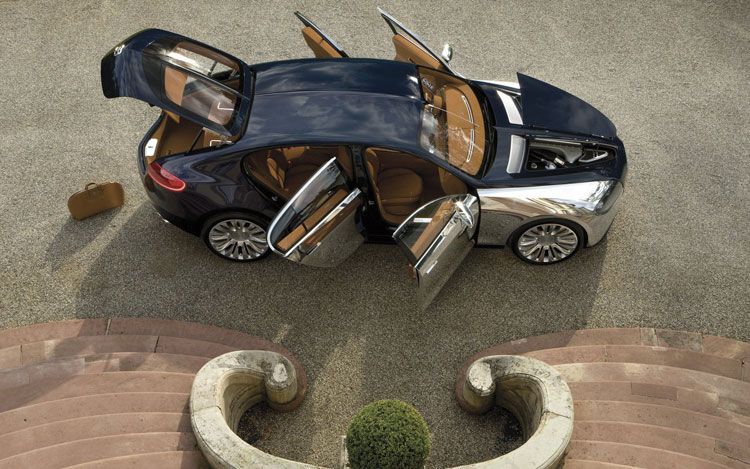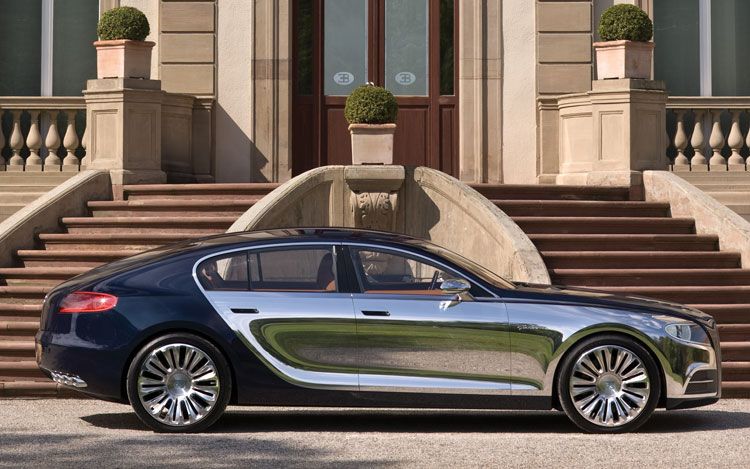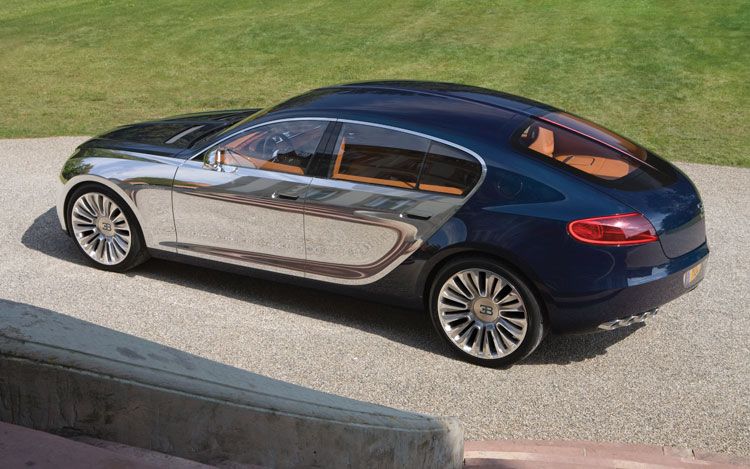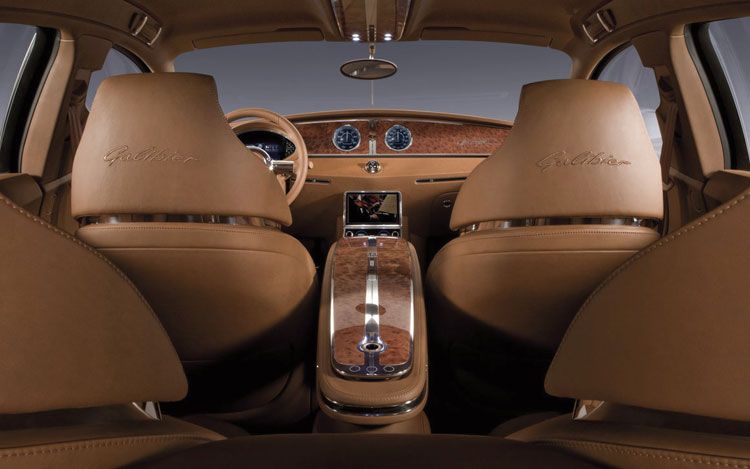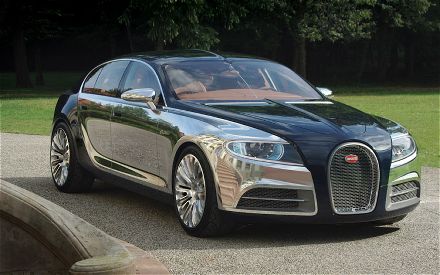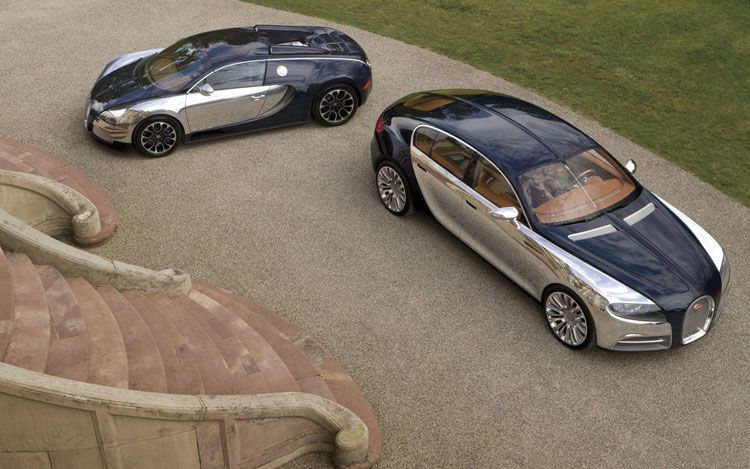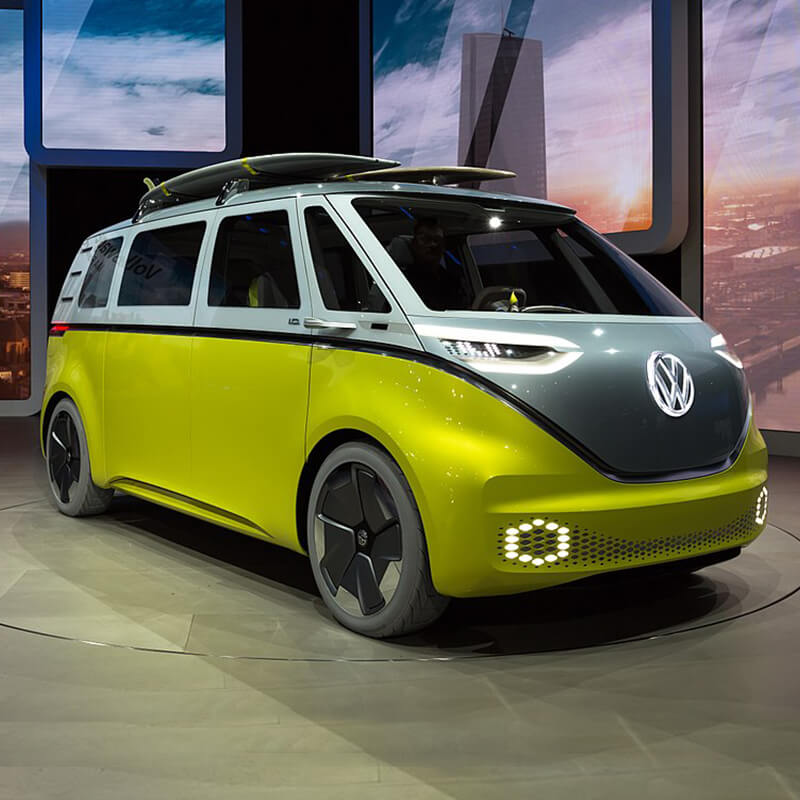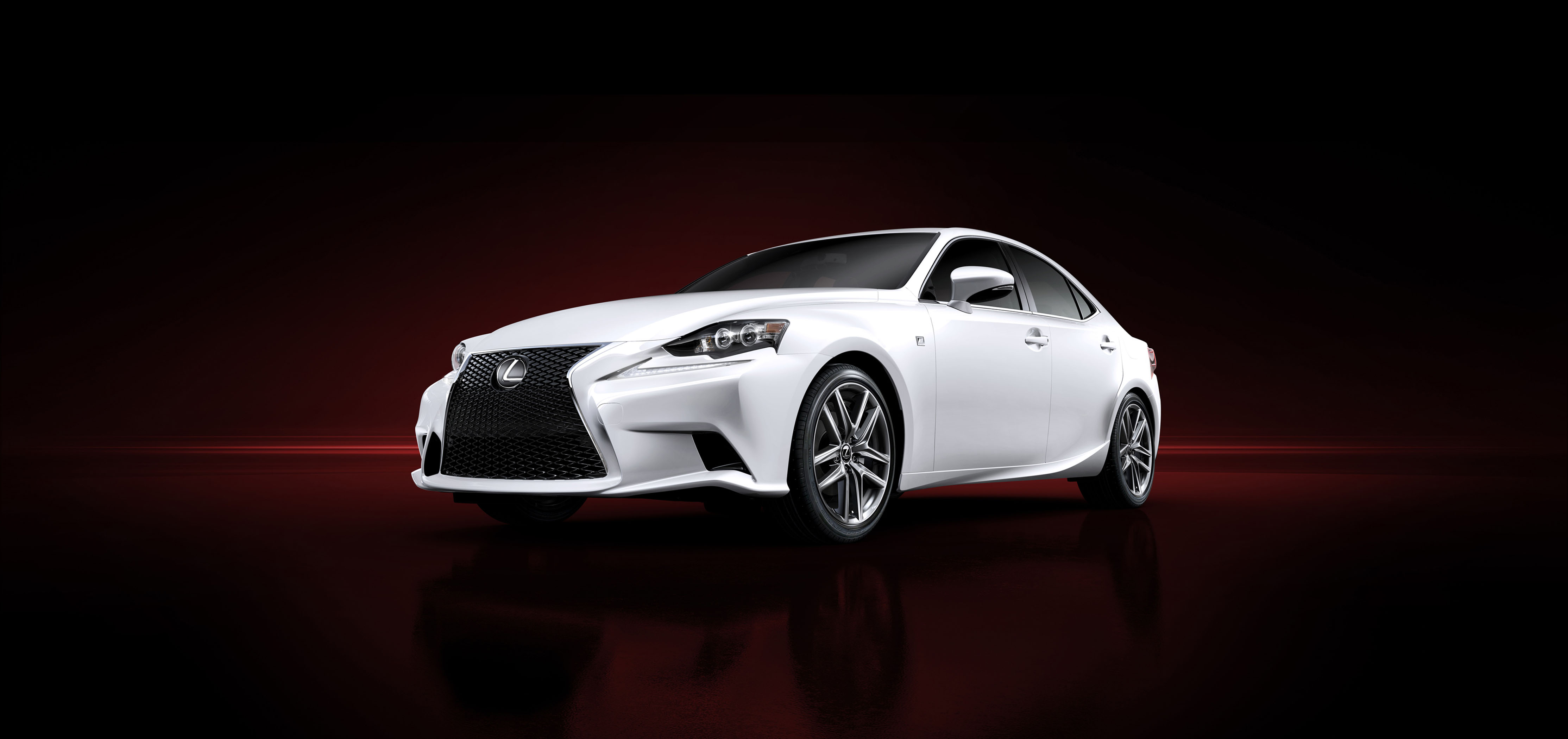Bugatti 16C Galibier Concept
When you’ve built the worlds’ fastest production car, what do you do for an encore? That’s a question the VW Group execs running Bugatti have been wrestling with for some time.
The Bugatti Veyron exists because in 2001 then VW Group boss Ferdinand Piech demanded his engineers turn the concept car he unveiled at that year’s Geneva Show into a properly homologated production vehicle. “Piech wanted four things,” recalls one insider. “The car had to have more than 1000hp, do more than 250mph, accelerate to 60mph in less than three seconds, and had to be civilized enough for him to drive to the opera.”
The engineering challenges were enormous. Piech insisted the design of the Veyron concept had to be retained, yet no-one how that would affect high speed stability. (This was a particularly hot-button issue at the time, as VW Group had been dealing with an embarrassing rash of Audi TT crashes that were traced to the high-style car’s tendency to develop rear end lift at speed, a problem subsequently fixed with the addition of a rear spoiler.) Equally, while the engineers figured the 1000hp engine was doable, no-one knew how they would be able to keep it cool. When tire-makers were first presented with the Veyron’s performance and weight parameters, they simply laughed and said it was impossible.It was a long and costly project — VW insiders confirm the first attempt at the car was a disaster — but Piech got his Veyron. It is the benchmark against which all supercars are judged, and one that’s unlikely to ever be beaten: VW Group loses money on every Veyron it builds, and rival automakers from Ferrari to Toyota are now more concerned with meeting ever tougher emissions and safety regulations than spending a fortune just to see who can build the world’s most extreme supercar
Topping the Veyron makes no sense for Bugatti, either. When already you have more power, a higher top speed, and faster acceleration than any fully crash-tested, emissions-certified, road legal car in the world, why bother? That explains why the next Bugatti will be a luxury limousine, rather than a sports car.The Bugatti Galibier will be no ordinary luxury limousine, however. It will be the fastest, most powerful four door in the world, “and by some margin”, confirms a smiling Molsheim source. How fast? Top speed will be about 220mph. How powerful? 800 to 900hp. It will also be the most expensive, with a price tag expected to be in the $1.2 million to $1.5 million bracket.
Officially, the Galibier is merely a concept vehicle, built to test customer reaction. It was shown to potential buyers at Bugatti’s centenary celebrations in Molsheim last September, and was in Beverly Hills last week for another discreet invitation-only customer soiree (California’s Governator, Arnold Schwarzenegger, dropped in for a look-see while we were there). Next stop is the Middle East, then the car will be taken back to Molsheim, and decision made on whether to build it.”The Galibier showcases one of our ideas for a new Bugatti,” says Bugatti design director Achim Anscheidt. “We believe this is the strongest concept; the most finished and refined.” But while Anscheidt is guardedly non-committal, other sources say the Galibier is definitely the next Bugatti, pending a final decision on production in the next six to nine months.
Under the hood will be the 8.0-liter W-16 cylinder engine from the Veyron, though fitted with two-stage supercharging instead of four turbos to deliver the smoother acceleration and monstrous low-end torque demanded of a luxury limousine that seeks to out-power the new Bentley Mulsanne and up-stage the Rolls-Royce Phantom. The engine will drive all four wheels through a transmission that has yet to be determined — while the mid-engine Veyron uses a bespoke seven speed dual clutch tranny built by British engineering firm Ricardo, the front-engine Galibier obviously needs a different set-up. “We’ve not decided [between a dual clutch manual or conventional automatic]”, says our source. “It will be extremely fast shifting, though.”The Galibier will get all-new suspension, and massive ceramic disc brakes. A unique, carbon fiber-intensive chassis structure that is said to resemble a space frame is also under consideration. The advanced materials are not just to reduce weight, but to keep the basic vehicle structure as stiff as possible to handle the massive torque output. Standard body panels will all be carbon fiber, though Bugatti plans to offer the aluminum front fender and door panels shown on the concept as an option. On non-aluminum cars the polished band above the side windows will be carried down the rear door cutline and along the base of the doors to the front wheelarch.
The Galibier concept is a massive car: it’s hard to judge without any other vehicles around it, but for some context the wheels are 22-in-diameter alloys. The production version will be even bigger, however. As the rear door apertures on the concept are too narrow for easy access to the rear seat, and designer Anscheidt wants to hold that graceful cutline (a design cue that deftly echoes sweeping side graphics on numerous classic Bugattis as well as the Veyron) the production version will get a three to four inch stretch aft of the B-pillar. Overall length will be more than 215in, width more than 80in.
nside is a modern take on the wood ‘n’ leather luxury car vibe. There are just two dials in the center of the dash — speedo and power meter — with everything else being presented on a high-tech graphic display in front of the driver. A bespoke Parmigiani watch also sits in the center of the dash. It can be removed and clipped into a watchband and worn on the driver’s wrist.The Galibier is configured as a four seater, with a floating wood trimmed center console arcing forward from the rear seat to the base of the dash. The dash cowl is too high — it will be lowered — and the seating H-points and other ergonomics have to be tweaked for production. There’s plenty of room in the rear for a pair of six-foot plus passengers, but there’s none of the relaxed lounge room you get in the back of a Phantom.
“From the proportions it’s obvious this is a four door driver’s car,” says designer Anscheidt. It’s obvious that it’s also a hatchback, a controversial vehicle form in a market segment which traditionally prefers three box sedans. The rounded rump has allowed Anscheidt to reference the iconic Bugatti Type 57S Atlantic, right down to a spilt rear window and vestigal spine. The Galibier name not only recalls the famous French Alpine pass we crossed during our epic 3000 mile jaunt through Europe in the Dodge Challenger SRT8 last year, but a four door version of the Type 57.
The Veyron loses money, and Bugatti sources freely admit the business case for a limited volume, million dollar-plus sedan doesn’t add up, either. So I ask the obvious question: Has Ferdinand Piech, officially retired from the day-to-day operations of VW Group, but as head of the supervisory board, with his hand-picked men in charge of key departments, still very much in charge, seen the Galibier? My source smiles: “Yes, he’s seen the car.” That’s significant. The fact we’re now seeing the Bugatti Galibier can only mean one thing: Piech probably wants it built. And what Ferdinand Piech wants, he usually gets. Just ask the guys at Porsche.
Sourced via mototrend.com

